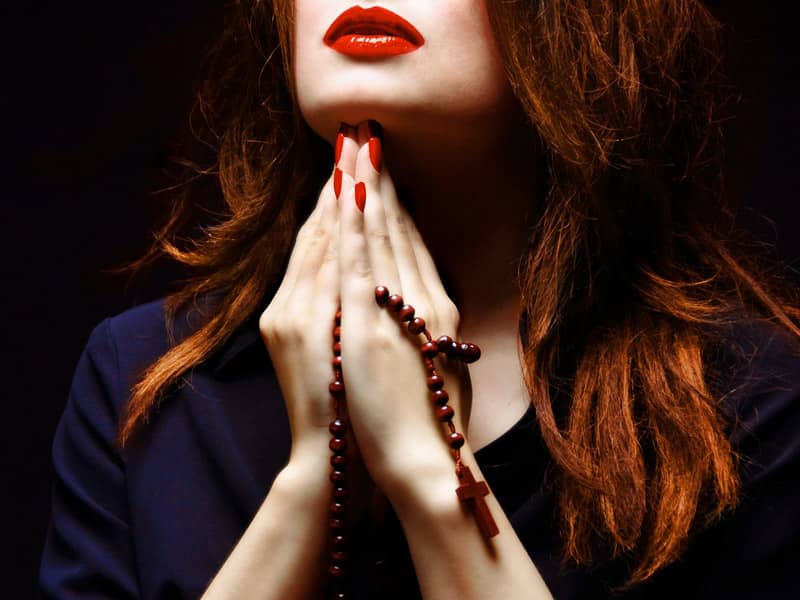The genius of the Catholic heritage is that it believes that God is present in creation, in the objects, and events, and people in the world around us, in the processes of nature, in the relationships among humans, in the great events that mark the human life cycle. The Catholic imagination is characterized by metaphors, a whole rainforest of metaphors which tell us what God is like. The Catholic tradition, at its best anyway, revels in sacraments and festivals at which it believes God is present in a special way. Hence music and art and architecture and poetry and story and ceremony are (or should be) at the center of Catholic life. In this respect we Catholics of European background have much to learn from our Latino(a) brothers and sisters. The Mass, even when it is badly done (as it often is) remains the very center of Catholic life.
Somehow or the other, in our Calvinist and pragmatic American culture, we have lost much of this element in our tradition. Those festivals which used to be great community celebrations are maintained in the calendar only as days we must go to mass under the pain of mortal sin. Most people find what they think is a valid excuse--or pay no attention.
Thus the two great "environmental" holy days which intimately connect to the cycle of nature--the Assumption on August 15 and All Saints on November 1--have been stripped of their festival dimensions. All our leaders can tell us is that it's a mortal sin not to attend Mass on those days. Yet they are, in fact, great fertility festivals held over from the Celtic world--Lugnasa the feast of the harvest and Samhain, the feast of the vintage and the beginning of winter. The possibilities inherent in both festivals are enormous, but neither the liturgists nor the religious educators nor the theologians nor the ecumenists are willing to utilize these resources.
They are especially reluctant to do anything with the festivals of Our Lady, for fear of offending our separated [Protestant] brothers and sisters. Yet Our Lady reflects the love of God that is like the love of a mother for a newborn child. God may not be like that at all, but Catholics hope against hope that Mary tells us that God is just like that. That is very good news indeed, grounds for great rejoicing and exuberant celebration. Is there not the ingenuity and the creativity in the Church to turn the evening of August 15 into a great festival?
It seems like there is not. Mary has become one of the most powerful religious symbols in Western history and is still one of the top four constituents of Catholic identity for those under thirty. Yet she embarrasses some of our leaders and teachers. The mother of Jesus seems surrounded by creeps of both the right and the left and is celebrated on her great feasts only by those who attend Mass under obligation to avoid mortal sin.
Can't we do better? I fear the answer is no.

